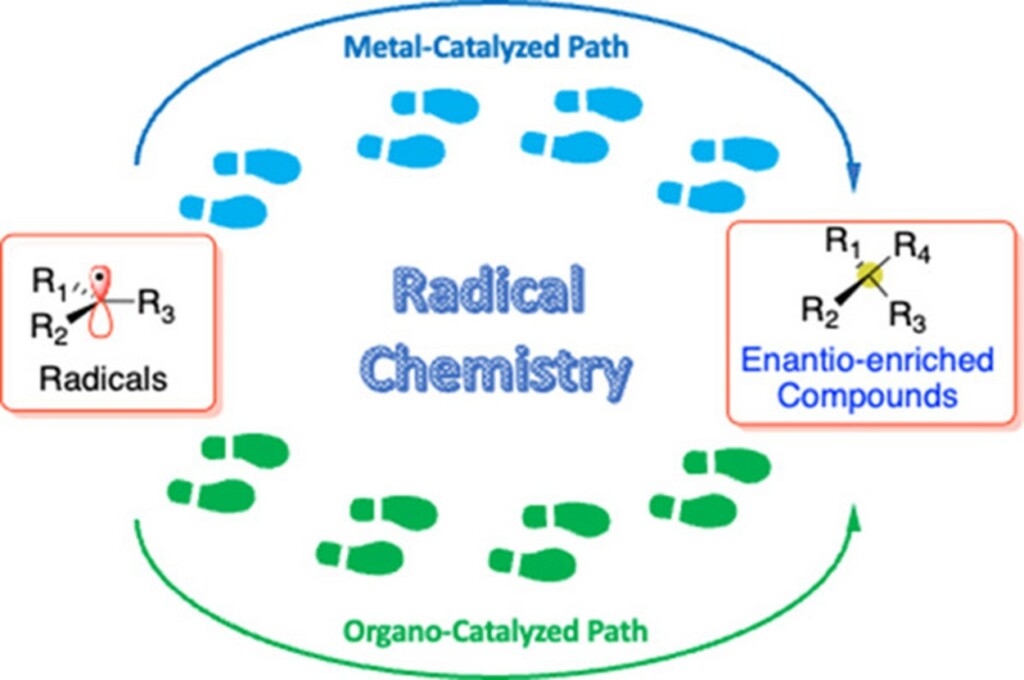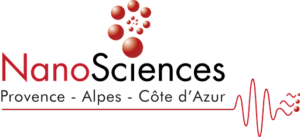Enantioselective Radical Reactions Using Chiral Catalysts
Mondal Shovan, Dumur Frédéric, Gigmes Didier, Sibi Mukund P., Bertrand Michèle P., Nechab Malek
Chemical Reviews, 122 5842-5976 (2022)
Benefiting from the impressive increase in fundamental knowledge, the last 20 years have shown a continuous burst of new ideas and consequently a plethora of new catalytic methods for enantioselective radical reactions. This review aims to provide a complete survey of progress achieved over this latter period. The first part of this review focuses on the use of chiral organocatalysts, and these include catalysts covalently linked to the substrate and those that interact with the substrate by weaker interactions like hydrogen bonds. The second part of the review is devoted to transition-metal redox catalysis which is organized according to increasing atomic number for the first-row transition metals (Ti, Cr, Fe, Mn, Co, Ni, Cu). Bioinspired manganese- and iron-mediated hydroxylations and oxidations are also discussed. A specific section is dedicated to the reactivity of Ru, Rh, and Ir complexes as Lewis acids with a special focus on complexes chiral at metal. Absorption of photons result in different events such as energy transfer, single-electron transfer, and hydrogen-atom transfer facilitating the formation of radicals. Organocatalysis has been successfully combined with photocatalysts, a reactivity which has opened new pathways enlarging the number of radical precursors available. The merger of photocatalysis with organo- or metalla-photocatalysis has brought novelty and allowed for the discovery of a large number of original transformations. The use of enzyme-catalyzed reactions involving radical intermediates which also largely benefit from visible-light irradiation are included in the review. This review provides a comprehensive inventory of progress in enantioselective radical reactions with a goal of detailing the reaction mechanisms involved in these transformations such that any nonspecialist could find their own creativity to invent yet unknown applications.





